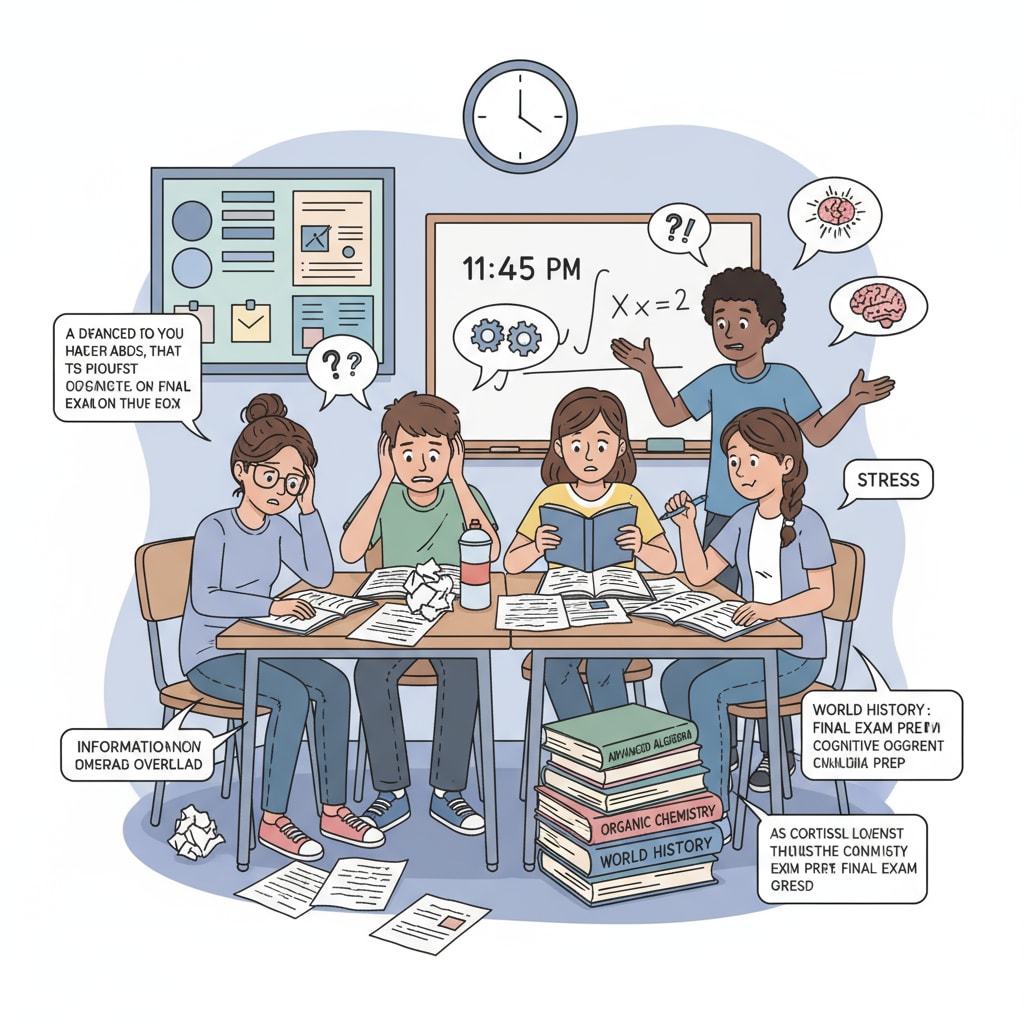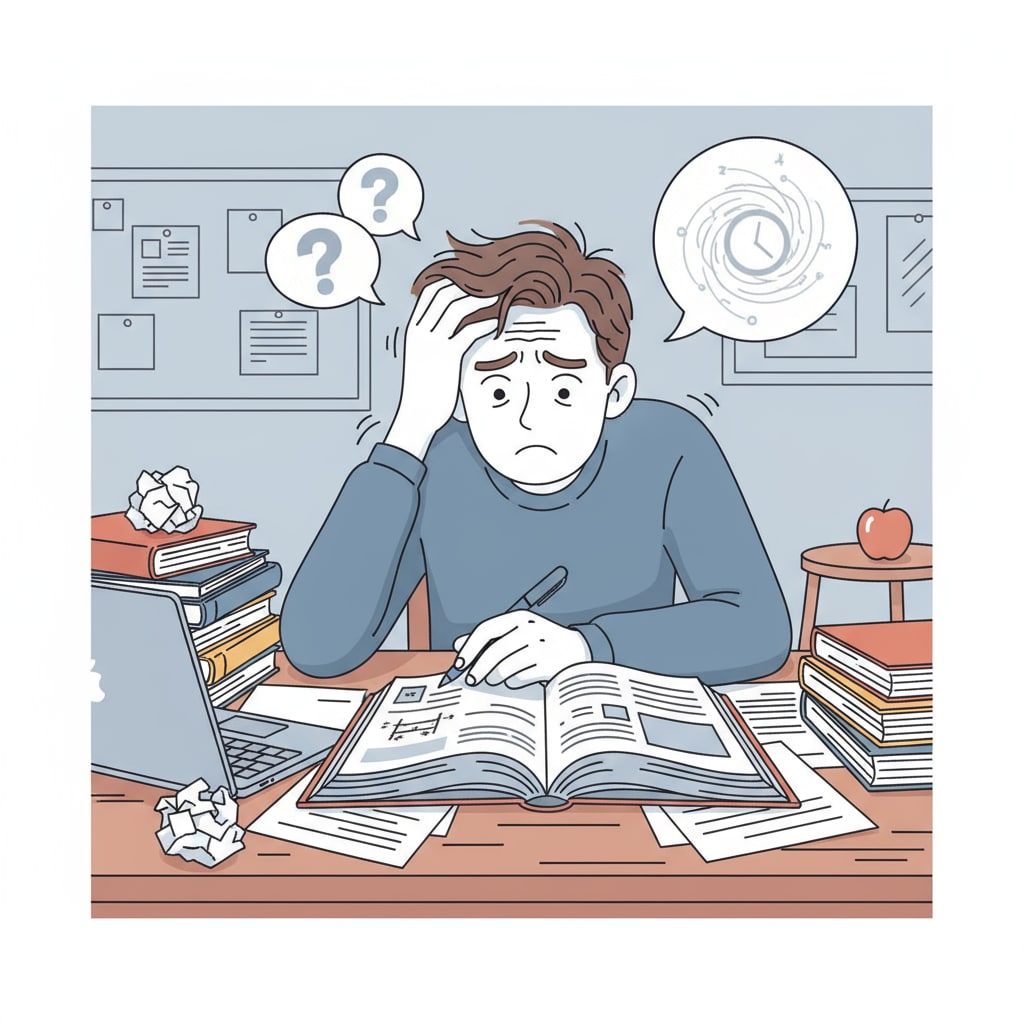Learning anxiety, self-doubt, and learning difficulties can significantly impact a 17-year-old’s educational journey. These issues often stem from various factors and can create a cycle of negativity that is challenging to break. Understanding and addressing these concerns is crucial for helping teenagers thrive in their studies.

The Root Causes of Self-Doubt in Learning
Self-doubt in learning among 17-year-olds can have multiple origins. One common factor is high expectations, whether from parents, teachers, or society. When students feel pressured to achieve top grades or meet specific standards, it can lead to self-doubt. For example, if a student constantly hears that they must get into a prestigious university, the fear of not meeting those expectations can erode their confidence. Anxiety and Stress on APA

Overcoming Learning Anxiety
To overcome learning anxiety, it’s essential to adopt effective coping mechanisms. First, creating a structured study routine can provide a sense of control. Setting specific study times and breaks helps students manage their workload better. In addition, practicing relaxation techniques like deep breathing or meditation can reduce anxiety levels. For instance, taking a few minutes to breathe deeply before starting a study session can calm the nerves. Stress Relievers on Mayo Clinic
Another crucial aspect is changing the way students think about failure. Instead of seeing it as a negative outcome, they should view it as an opportunity to learn and grow. Encouraging students to take risks and make mistakes in a supportive environment can boost their confidence. By understanding that everyone makes errors and that it’s a natural part of the learning process, students can reduce their fear of failure and, in turn, their learning anxiety.
Readability guidance: In this article, we’ve explored the causes of self-doubt and anxiety in learning for 17-year-olds. We’ve also provided practical strategies to overcome these issues. By addressing these challenges, students can break through psychological barriers and regain their confidence in learning.


